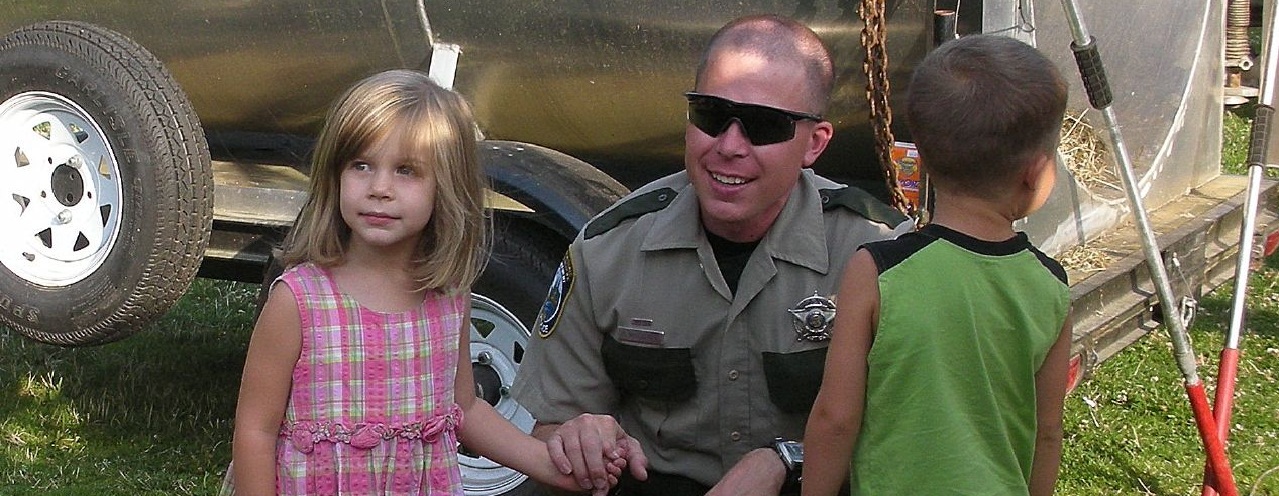Community Policing in the U.S.

About the Project
Police agencies throughout the U.S. have interpreted, made sense of, and implemented community policing in many different ways. This project sought to explore what community policing” meant to agencies claiming to practice it and what lessons they learned along the way. With funding from the U.S. Department of Justice's COPS Office, Professor Maguire and his research team explored the implementation and institutionalization of community policing in 12 local police agencies across the U.S.
The research team began by identifying three generic dimensions common to most implementations of community policing: problem-solving, community involvement, and organizational adaptation. Reformers envisioned that community policing would incorporate all three of these dimensions, though most agencies tend not to embrace all three with equal vigor. One major appeal of community policing is that it is flexible and adaptable to differences in the internal and external environments of police agencies, thus it tends to take on a different character in different communities.
The project examined a number of specific aspects of community policing, including: community partnerships, problem-solving, decentralization and geographic accountability, specialist and generalist models of community policing, information systems, deployment of civilians, performance evaluation systems, and internal and external communication.
The project resulted in a richer understanding of how community policing first came to each agency, how it evolved, where it is likely to be headed, and what lessons were learned along the way.
Acknowledgments
Professor Maguire and his team are grateful to the U.S. Department of Justice's COPS Office for funding this study, as well as the many people in the twelve participating police agencies that made this project possible.
